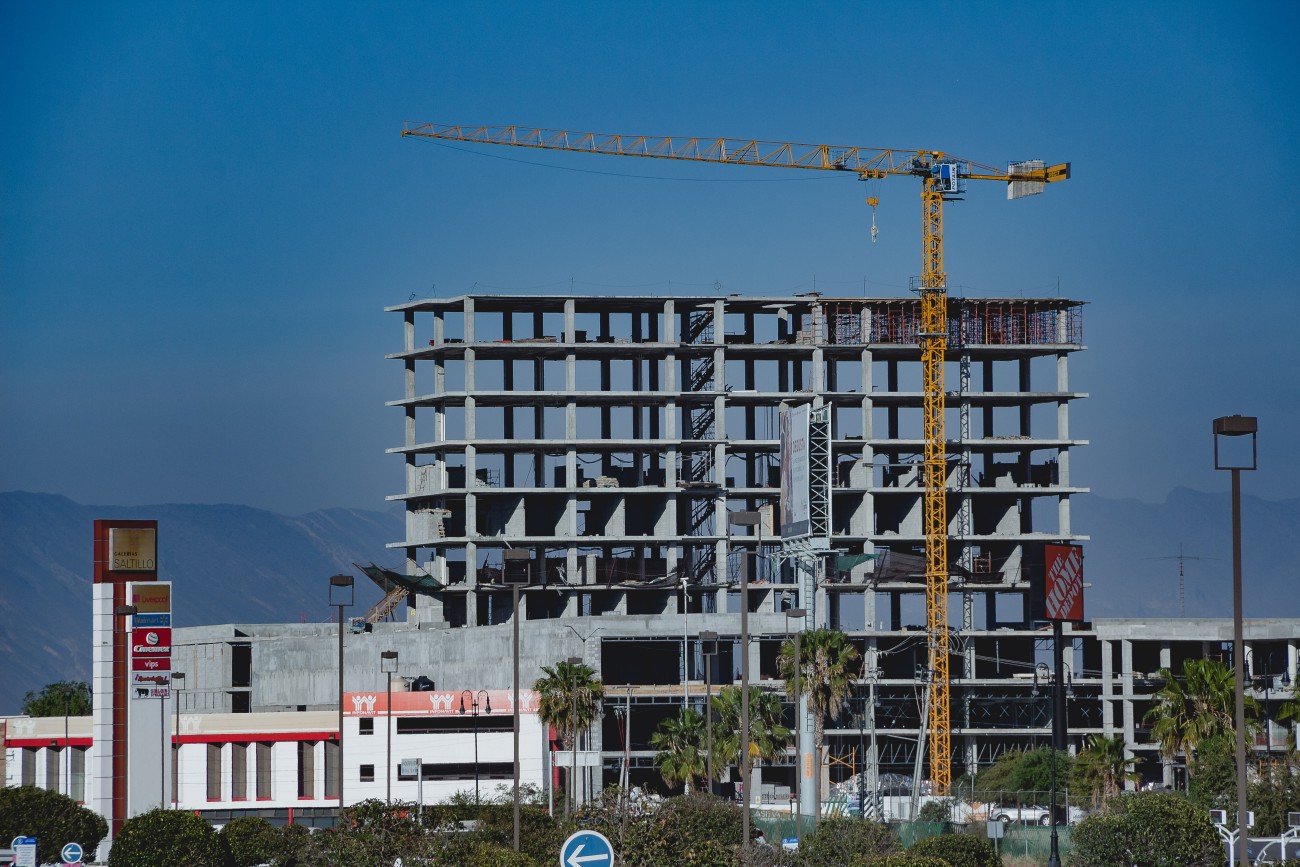
10 Ways Building Clean Can Help You
BuildingClean.org has the tools and resources to make it easier to find products that are energy and water efficient, manufactured in the U.S., made by union workers, and free of hazardous chemicals. Choosing “cleaner” building products makes a positive impact on the health of residents and construction workers, supports good manufacturing jobs, and helps strengthen the domestic supply chain and economy.
Looking to understand the far reaching benefits of Building Clean? Here are ten ways that BuildingClean.org can help get you started.
1. Search our manufacturer’s database to see which companies are making energy and water-efficient products in your state and what types of products they make.
Our manufacturer’s database is the most complete of its kind, covering ten building product market sectors and information on over 3,500 manufacturing locations of energy and water-efficient products. Search which products are manufactured in your state, and see them plotted on a map for easy reference.
2. Learn the chemical hazards associated with certain building products and how they impact your health.
Buildings should be safe and healthy environments for residents and occupants, though many building materials can pollute indoor spaces and harm health. Becoming informed is the first step in making product choices that create a healthier indoor environment. We help you understand how chemicals in building products can create health risks, and who is most vulnerable.
3. Choose healthier building products through a better understanding of product certifications, including material health disclosures, and see which ones Building Clean ranked “good, better, or best” for minimizing harmful chemicals in building products.
You don’t need to be an expert to understand which products are safer and which ones are risky. Material transparencies and product certifications make it easier to guide product decisions, but it’s often unclear which one measures which chemicals. Our building certification explanations and “good, better, or best” guide does the research for you, and helps you find which product certifications are right for you.
4. Search our products database to find building products that carry labels and certifications for efficiency and hazardous content.
Building Clean has partnered with Ecomedes Inc. to provide comprehensive and up-to-date information on thousands of building products that carry labels and certifications for efficiency and hazardous content. Search for products by sector, brand, and “good, better, best” certifications, among other criteria.
5. Understand the role product selection plays in health equity and in reducing exposure to hazardous chemicals in people of color.
Choosing healthier products makes a difference in the lives of vulnerable populations, and is a crucial step in making housing more equitable. People of color experience many disproportionate health impacts from exposure to toxic chemicals and indoor pollution in the home greatly contributes to the levels of exposure. The building industry has an important role to play in reducing those burdens.
6. Support good manufacturing jobs while earning local sourcing points for green building certifications—use Building Clean’s zip code search to see what companies make products in your region.
LEED, National Green Building Standard (NGBS), Living Building Challenge, and Enterprise Green Communities are all green building certifications with local sourcing incentives or requirements. Our zip code search allows you to find products manufactured in a radius around the zip code of your project site. Prioritizing the purchase of locally or regionally made products creates good jobs in our communities and decreases costs and emissions from products made far away.
7. Understand why your product choices matter and how Qualified Allocation Plans (QAPs) and sustainable purchasing programs are effective tools for improving quality and equity in affordable housing.
QAPs are state requirements that determine how money is distributed to developers who apply for Low-Income Housing Tax Credits (LIHTC). Certain states require green building certifications to be met for developers to receive these tax credits. Read more about QAPs, and how each state measures up in requiring healthy building best practices.
8. Make better product choices by understanding the risks and best practices for sectors such as flooring and insulation, and what to consider for each material when selecting products.
Building Clean has assembled product level guidance for those who want answers to the finer details of product selection. Gain a better understanding of products within the categories of flooring, insulation, joint sealants, paints and wallcoverings, fenestration, and water filters. Learn which chemicals may be found in products, as well as strategies and guidance to steer you towards healthier choices.
9. Learn why unions matter in making life better for workers and their families, and find building product manufacturers with union workers and MWDBE certification.
Union organization leads to higher paying jobs, better benefits, and a safer workplace. Learn more about the social benefits that unions provide, and why buying union manufactured products helps contribute to a more equitable workforce and economy. Search our U.S. manufacturers database to find facilities that are union organized, as well as those that are a Minority, Women, and Disadvantaged Business Enterprise (MWDBE).
10. See what hazards workers face installing certain building products and how to better protect worker health and safety.
Construction workers face the challenge of handling building products that contain hazardous chemicals, exposing them to hazards that pose short-term and long-term health risks. Learn about some of the greatest chemical hazards facing workers, and basic strategies to reduce worker exposure.